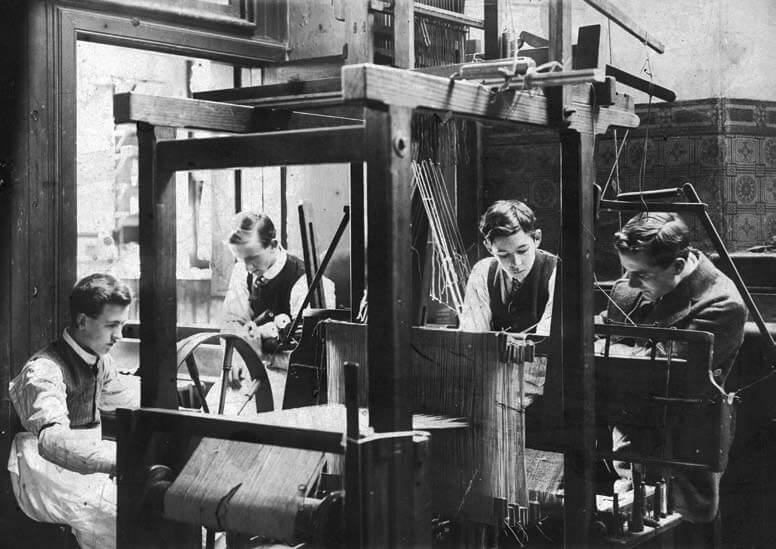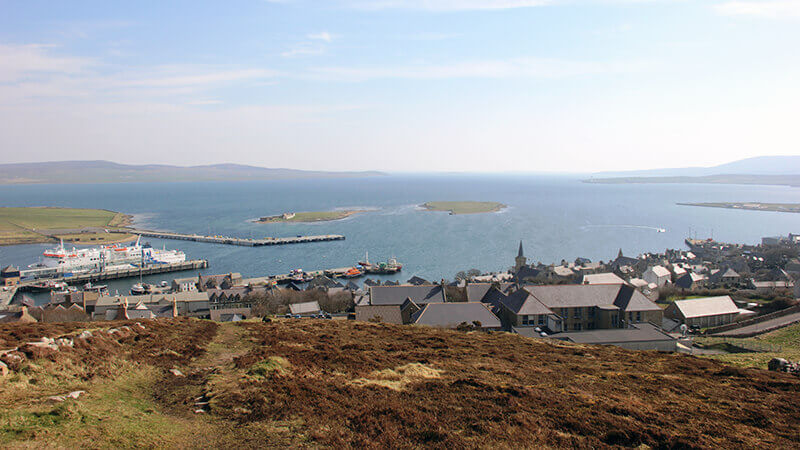Scottish Borders and Orkney Campuses

Galashiels Campus
In 1883 the Galashiels Manufacturers Corporation established classes in weaving, dyeing and chemistry to provide technical education in textiles for mill workers in the Scottish Borders, making it the oldest institution for textile education in Scotland. In 1889 this was taken over by Galashiels Burgh School Board establishing the Galashiels Combined Technical School.
In 1901 the Scotch Education Department took over technical education, allowing grants to the School. In 1909 a new purpose built building opened and in 1922 the Scottish Woollen Manufacturers Association took over the running, its name changing to the Scottish Woollen Technical College. A Production Unit was established in 1947, providing finishing for the local mills and profits were used to support the library.
As the tweed industry began to contract in the 1960s, the College changed the range of classes to include textile design for printed and knitted textiles, fashion design, garment construction and management. The College moved to a new Campus at Netherdale in 1965 and became the Scottish College of Textiles in 1968. Heriot-Watt University began awarding degrees for the College in 1989 and there was a full merger in 1998 when the College became the University's Scottish Borders Campus.
Orkney Campus

The involvement with Orkney began in the 1970s when the Institute of Offshore Engineering was appointed marine environmental consultant to the developing Flotta Oil Terminal. This included aspects of the environmental integration of the facilities into an island setting and establishing monitoring programmes.
In 1989 the International Centre for Island Technology was established as a multidisciplinary research, consultancy and postgraduate teaching facility with specific interests in developing its capabilities relating to island and coastal development. The Centre is ideally located in Stromness on the edge of Scapa Flow which supports a wide range of research, teaching and consultancy activities in marine science and biodiversity, oil and gas, fisheries, surveying, marine planning and policy and renewable energy, in particular wave and tidal marine renewable energy.
Key information
Heritage and Information Governance
- +44 (0) 131 451 3218
- heritage@hw.ac.uk
Helen Taylor
- Archivist
- h.e.taylor@hw.ac.uk